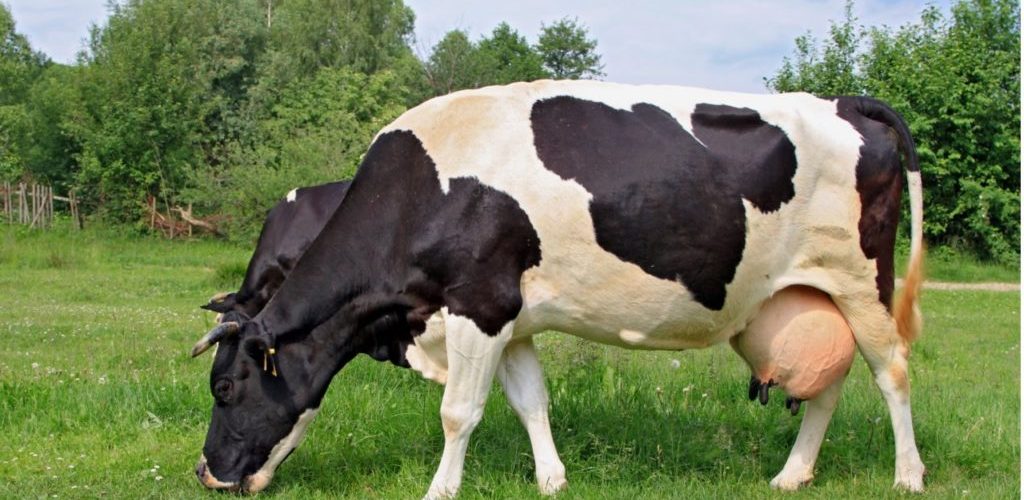
There are several types of system for raising lactating cows, producing milk on pasture or confined as free-stack or Barne compost, in all of them the main thing is to guarantee the animals well-being and comfort.
But what is animal welfare? State of the individual in which there is physical and mental harmony between the organism and the environment.
What should we consider when evaluating the comfort and welfare of animals?
The first step for the correct evaluation is to know the behavior of the animals well and the best person for this is the handler or pawn who deals daily and directly with the animals. From the moment we know the herd, we pass the second stage of the evaluation considering the interaction of the animals with the environment.
This interaction encompasses aspects of the social and physical environment, climatic conditions and interaction with humans and management practices. Social organization, group size and individual space are some of the variables related to the social environment that can affect animal comfort, while the amount and nature of contact with humans, expressed by the fear that the situation can generate, are important factors. that act on animal welfare. The facilities, including the size of feeding troughs, drinkers, stalls, floor types, etc., comprise the physical environment and have a great influence on the comfort of the animals.
The climate can have a significant impact on the comfort and well-being of the animals, with the cold representing a problem for the newborn in the calving period, and the heat having adverse consequences on the productive and reproductive performance of the adult animals. Management practices that interfere with animal comfort include those that relate to the simplest intervention, such as artificial feeding, which, in addition to separation from the mother, involves very close contact with humans, to surgeries, such as tail docking and castration.
